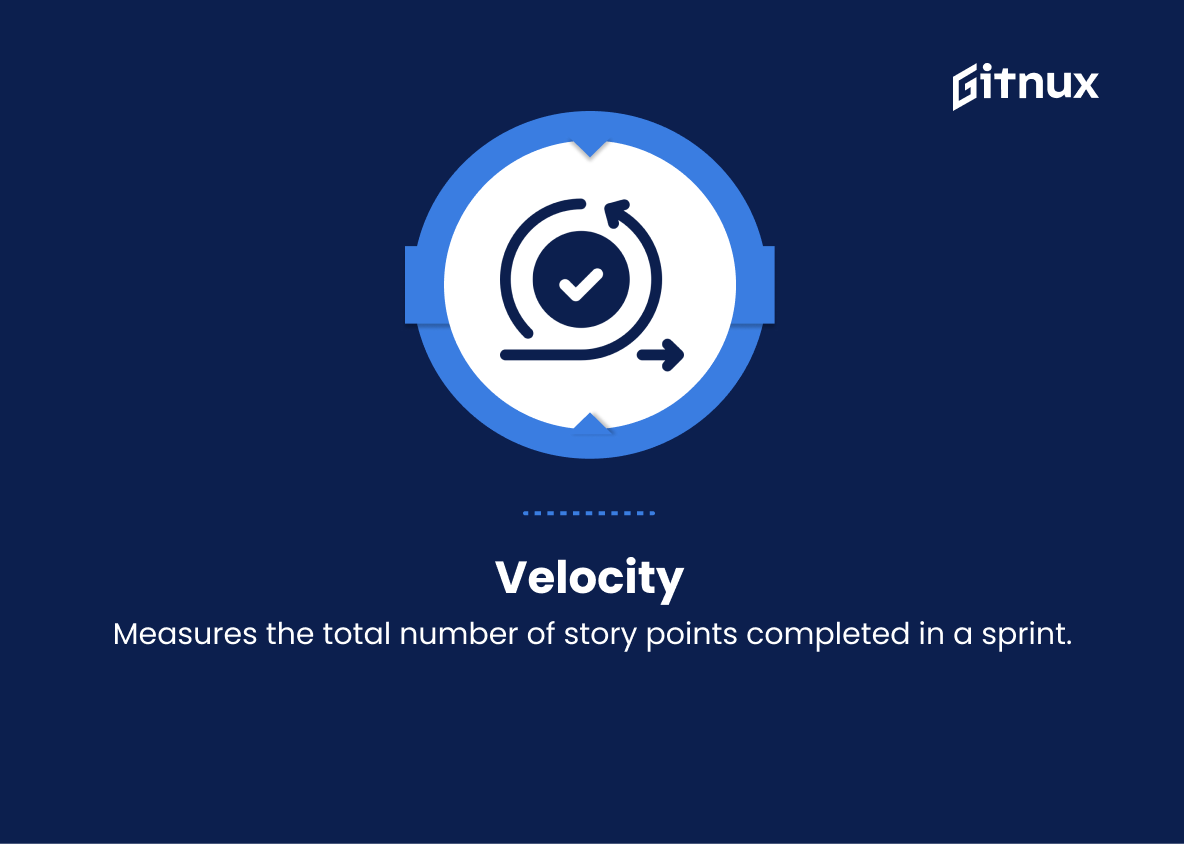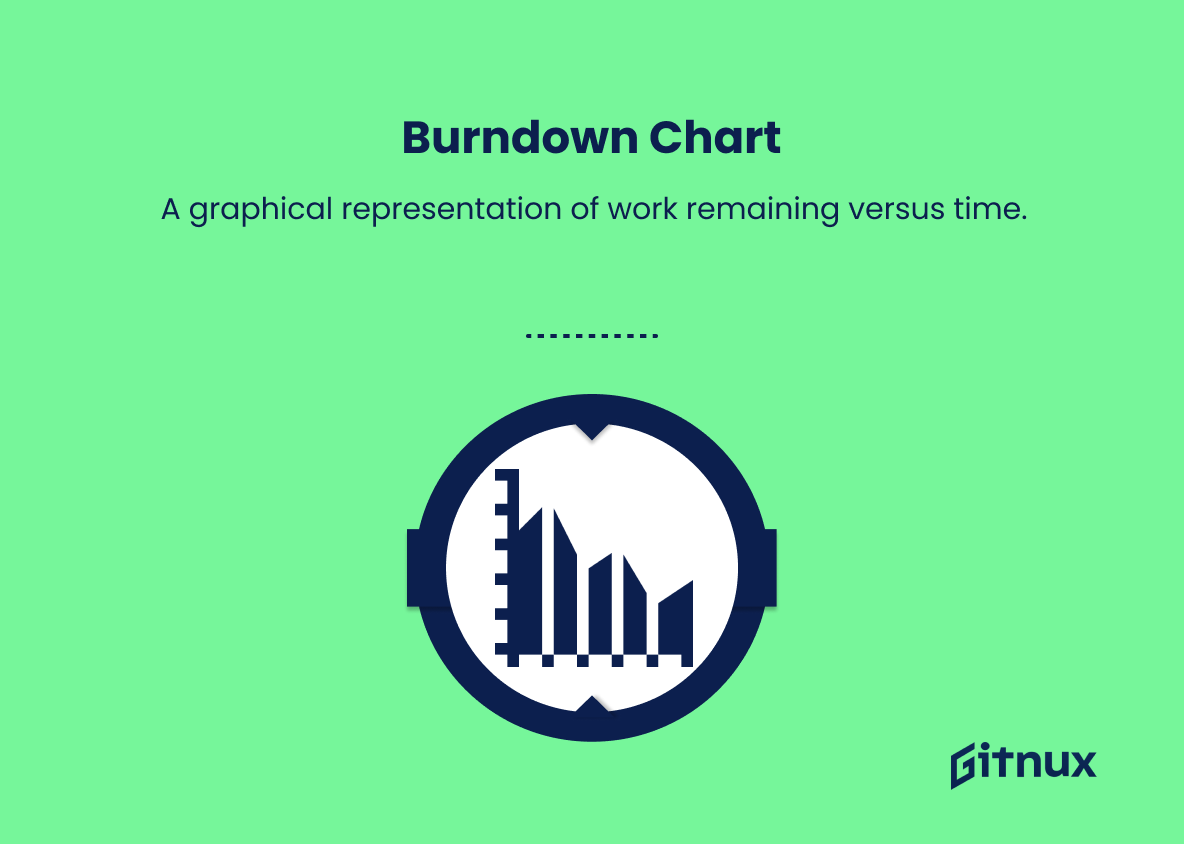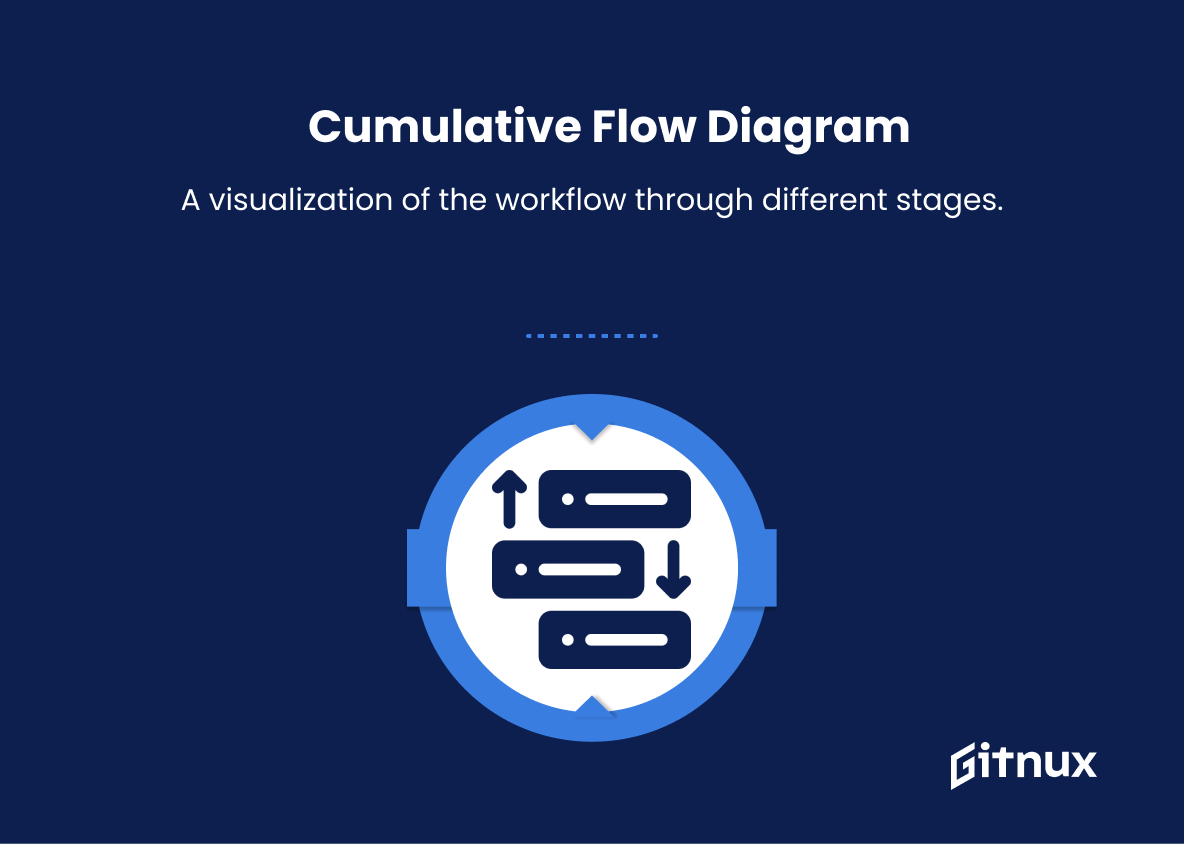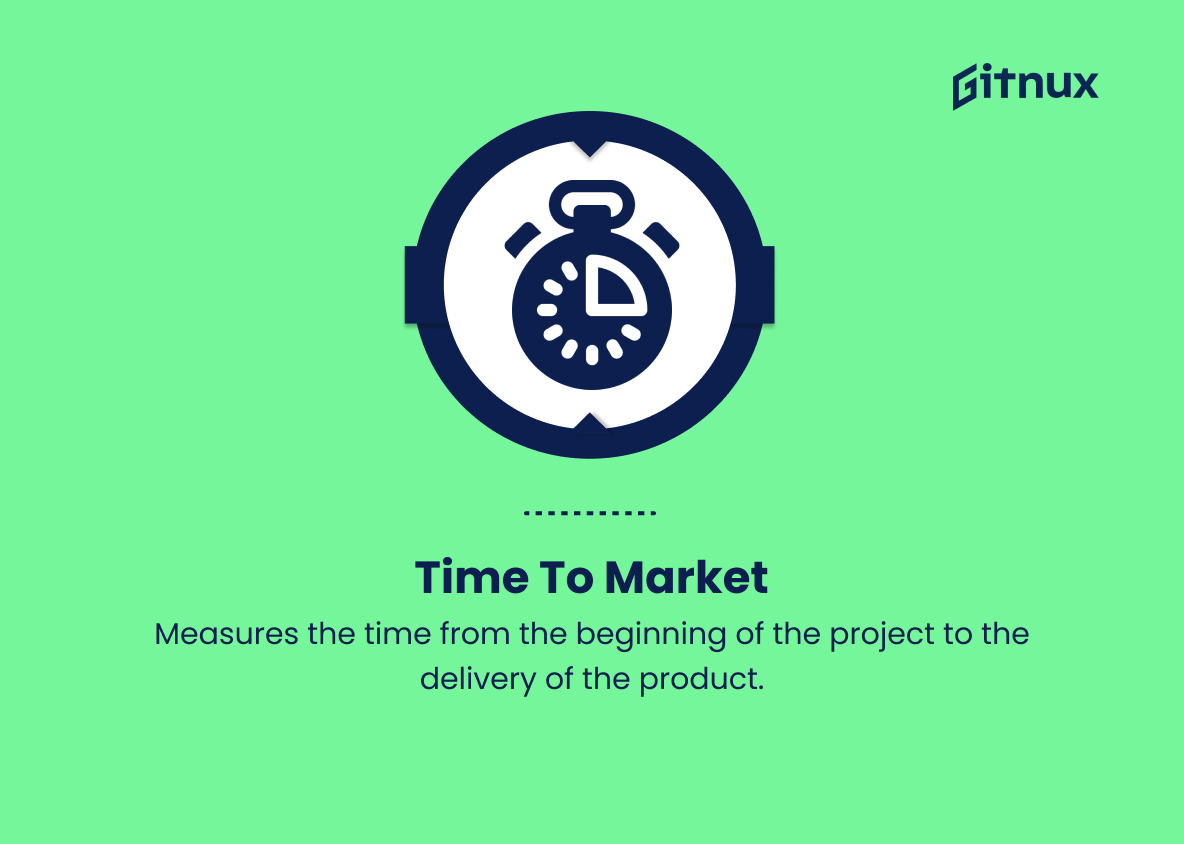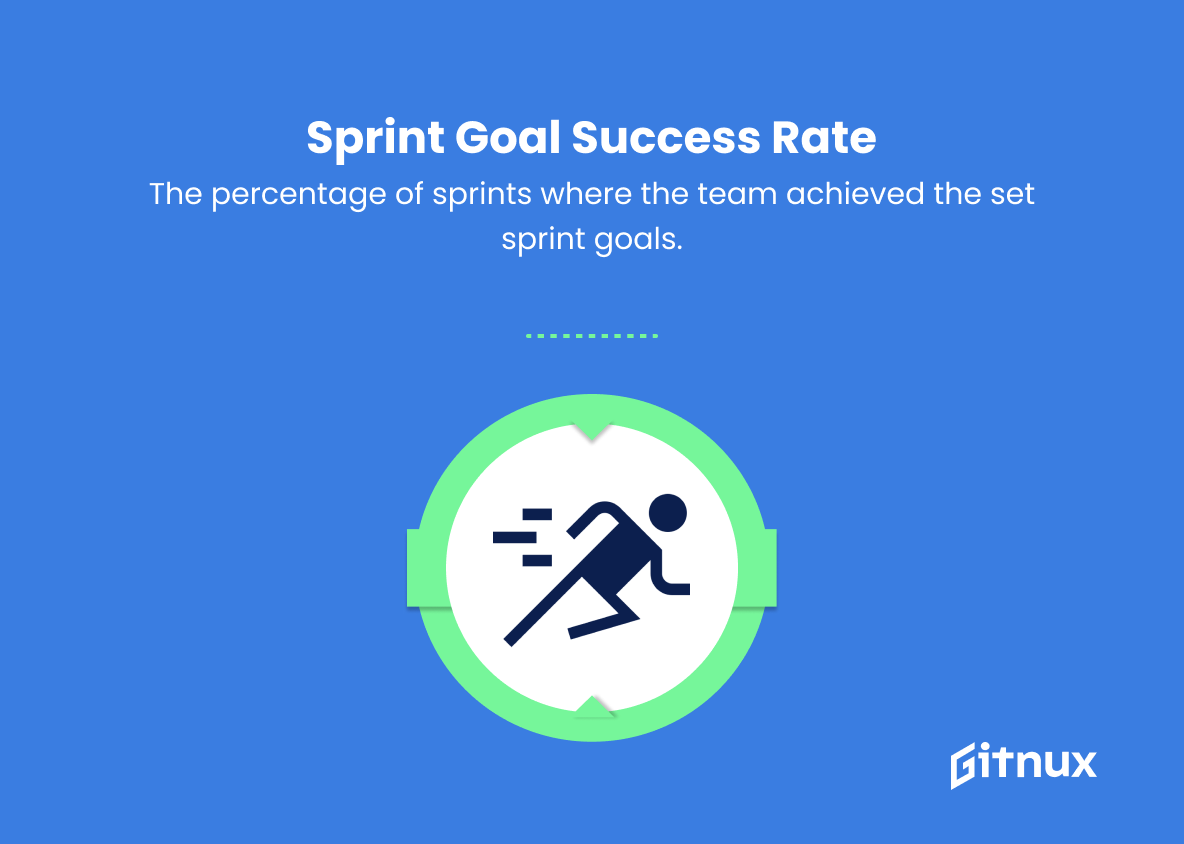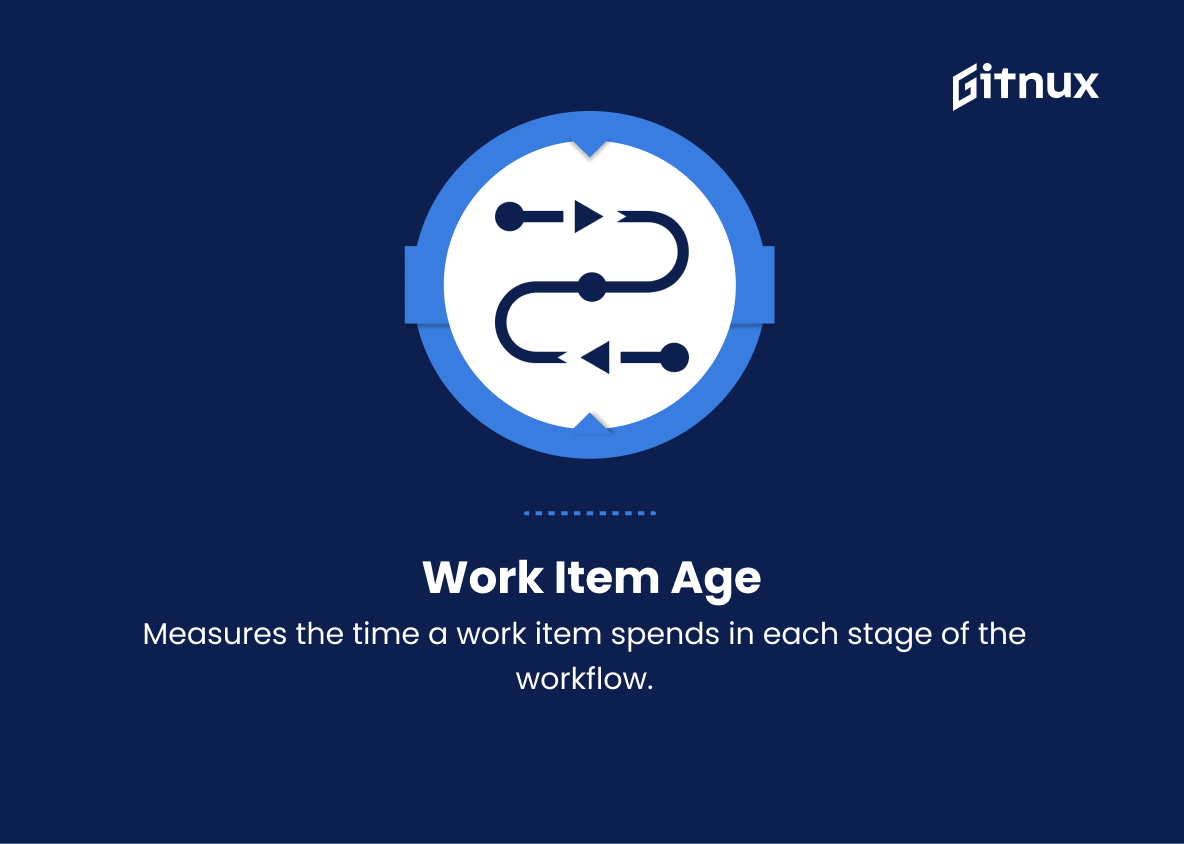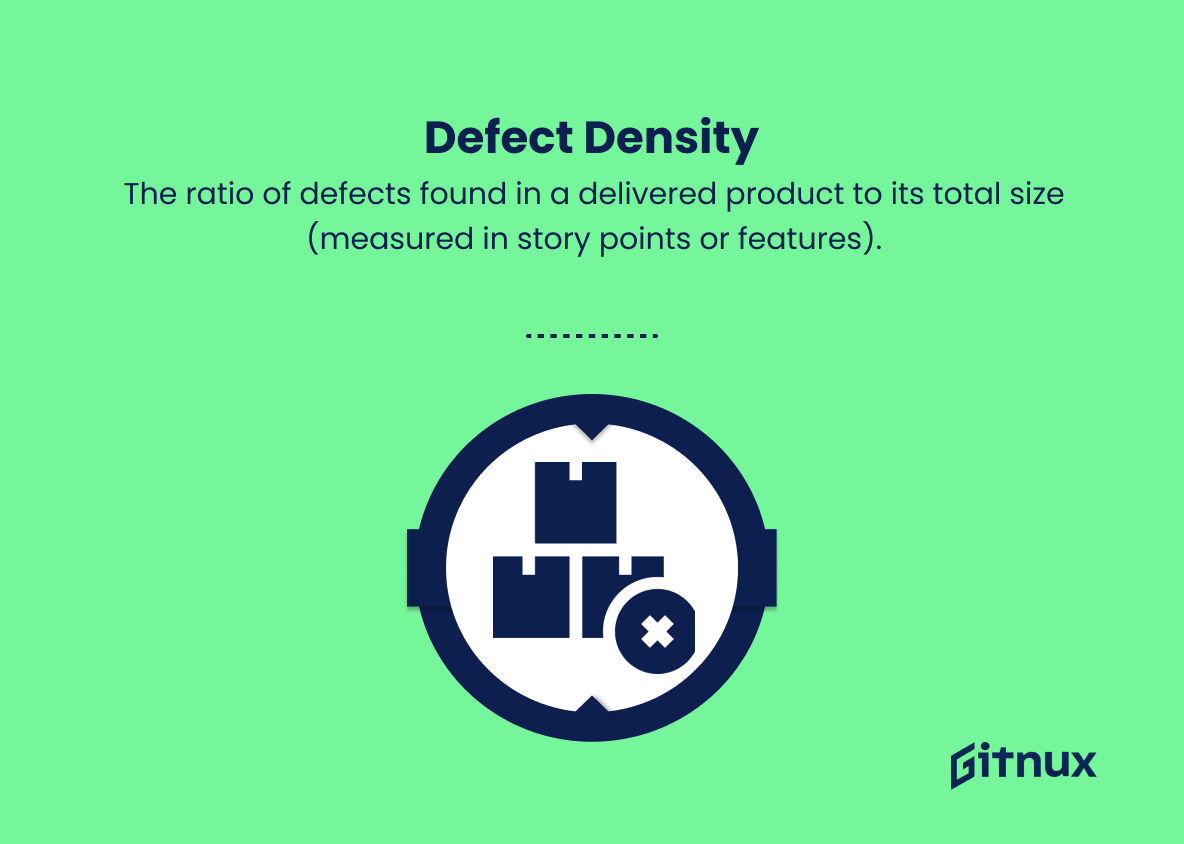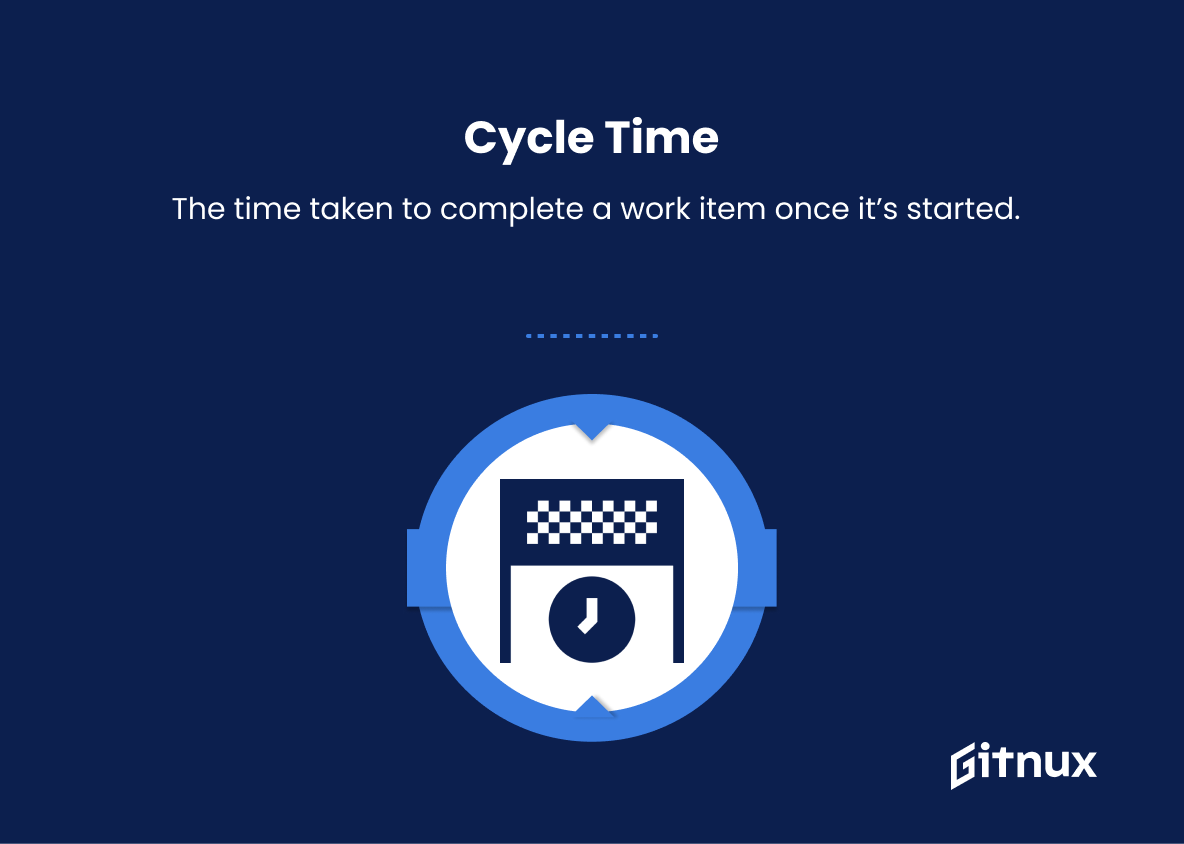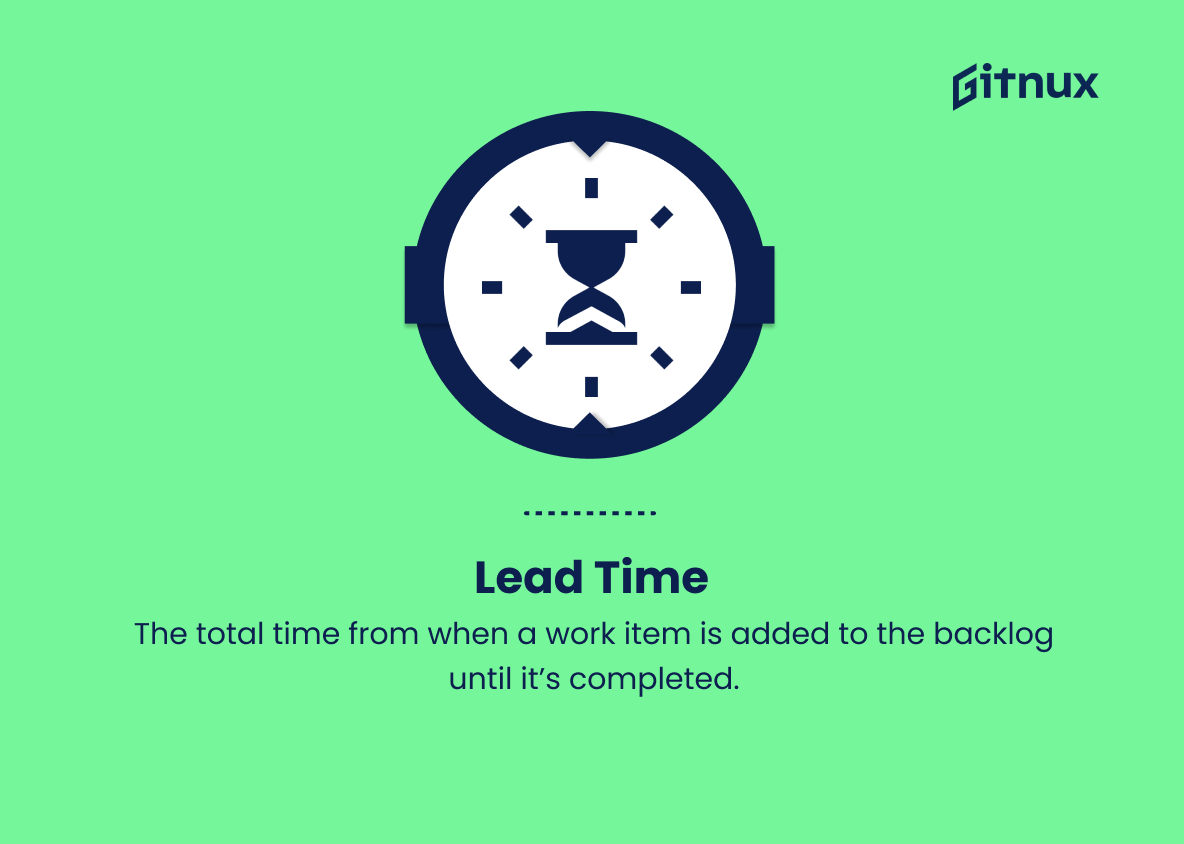In today’s fast-paced and ever-evolving business landscape, implementing Agile Scrum methodologies has become crucial for organizations to successfully deliver high-quality products and services. While adopting Agile Scrum practices can significantly improve a project’s efficiency, measuring its effectiveness can be a challenge. In this blog post, we will delve into the world of Agile Scrum metrics – providing valuable insights into the various key performance indicators (KPIs) that are essential for monitoring and analyzing the progress of your Agile teams.
By understanding these metrics, you will be better equipped to optimally manage your projects, mitigate risks, and ensure success in your Agile Scrum endeavors. So, buckle up and get ready to explore the world of valuable measurements that will transform the way you view your Agile Scrum projects.
Agile Scrum Metrics You Should Know
1. Velocity
Measures the total number of story points completed in a sprint. It helps predict the team’s capacity for future sprints and improves planning.
2. Burndown Chart
A graphical representation of work remaining versus time. It helps to track the progress of a sprint and identify if work is on the schedule.
3. Burnup Chart
Similar to a burndown chart, this shows work completed against the total work scope. It gives insights into scope changes and helps assess the team’s capacity to handle them.
4. Cumulative Flow Diagram
A visualization of the workflow through different stages. It helps identify bottlenecks and optimize the process for better efficiency.
5. Time to Market
Measures the time from the beginning of the project to the delivery of the product. This helps to evaluate how quickly the team can deliver a product to the market.
6. Sprint Goal Success Rate
The percentage of sprints where the team achieved the set sprint goals. It indicates how well teams are aligning their work with sprint goals and business objectives.
7. Work Item Age
Measures the time a work item spends in each stage of the workflow. This helps identify bottlenecks, improve the process, and optimize resource allocation.
8. Defect Density
The ratio of defects found in a delivered product to its total size (measured in story points or features). It indicates the quality of work and helps focus on areas needing improvement.
9. Escaped Defects
The number of defects discovered post-release. This metric helps assess the quality of the testing process and drives improvement in both testing and system development.
10. Cycle Time
The time taken to complete a work item once it’s started. It indicates how efficiently the team is working and helps identify roadblocks.
11. Lead Time
The total time from when a work item is added to the backlog until it’s completed. It provides insights into the overall product development process efficiency.
12. Throughput
The number of work items completed in a specific time period. It measures the team’s productivity and helps with capacity planning.
13. Code Churn
The percentage of code changes in a release or iteration. This can indicate unstable requirements or excessive rework, impacting the overall project’s quality and efficiency.
14. Team Happiness
A subjective measurement of team members’ satisfaction with the work environment, culture, and project progress. It can help identify areas of improvement in team dynamics and work conditions.
Agile Scrum Metrics Explained
Agile Scrum Metrics play a significant role in tracking a team’s progress, efficiency, and overall performance throughout a project. Metrics such as Velocity and Burndown Chart assist in predicting the team’s capacity for future sprints, improving planning, and identifying work progress. Burnup Chart, Cumulative Flow Diagram, and Work Item Age help to assess the team’s ability to handle scope changes, identify bottlenecks, and optimize resource allocation. Time to Market, Sprint Goal Success Rate, and Defect Density provide valuable information on the team’s delivery speed, alignment with business objectives, and product quality.
Metrics such as Escaped Defects, Cycle Time, and Lead Time enable assessment of the testing process and identification of roadblocks and inefficiencies. Throughput, Code Churn, and Team Happiness contribute to measuring the team’s productivity, indicating potential issues in requirements or rework, and fostering improvement in team dynamics and work conditions. Overall, these Scrum Metrics enable better decision-making, resource allocation, and continuous improvement in Agile project management.
Conclusion
In summary, Agile Scrum metrics play a vital role in assessing the progress and effectiveness of a Scrum team, leading to improved performance and a successful project delivery. By implementing the right combination of metrics, Scrum Masters and stakeholders can gain insights into the team’s efficiency, productivity, and overall satisfaction.
As with any measurement, it is essential to interpret these metrics with caution and context, understanding that they are not a one-size-fits-all solution to every project. When used correctly, Agile Scrum metrics empower organizations to create a continuously improving environment, enabling teams to thrive and exceed goals, ultimately achieving long-term success.
